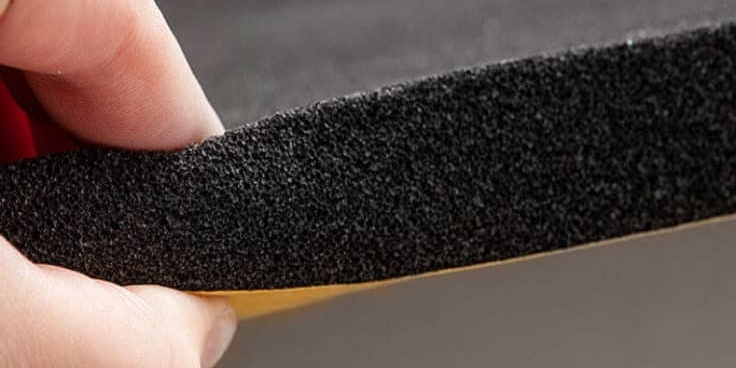How to Soundproof A Room
The Harmony of Insulation and Soundproofing: A Comprehensive Guide

Creating a peaceful indoor environment requires more than just stylish decor—it also means reducing unwanted noise and maintaining consistent temperatures. That’s where insulation and soundproofing come together. Though they serve different functions, when combined thoughtfully, they can significantly improve the comfort and acoustic quality of any space. This guide explores how insulation can contribute to soundproofing and the best techniques for achieving a quieter home.
Understanding the Basics
Insulation for Soundproofing: While insulation is often associated with thermal efficiency, many insulation materials also possess excellent sound-reducing properties. Their structure helps absorb sound vibrations and prevents them from moving freely through walls, ceilings, or floors. This dual purpose makes insulation a wise investment for both energy savings and noise reduction.
Soundproofing with Insulation: When properly applied, insulation becomes a reliable barrier against external noise. It helps reduce traffic sounds, conversations from adjoining rooms, and echoes within open-plan spaces. The result? A more tranquil, private, and acoustically balanced environment tailored to your needs.
Insulation and Soundproofing: Exploring Sound-Absorbing Insulation
The Role of Sound-Absorbing Materials: Specialised materials, such as acoustic foam, fibreglass, and mineral wool, are engineered to absorb sound waves and convert them into heat energy. This process reduces the reflection of sound within a room, cutting down on reverberation and making the space quieter and more controlled—ideal for home studios, offices, or bedrooms.
Choosing the Right Material for Your Space: Selecting the most effective sound-absorbing insulation depends on the nature of the noise you're trying to control. Higher-density materials block lower-frequency sounds more effectively, while open-cell foams can absorb mid-to-high frequencies. Thickness, density, and placement all contribute to the success of your soundproofing system.
Insulation and Soundproofing: Practical Applications
Enhancing Walls with Mass-Loaded Vinyl (MLV): Mass-loaded vinyl is a thin yet heavy material that increases wall mass and significantly blocks sound transmission. It’s especially effective when installed behind drywall or under flooring, creating a solid defence against airborne and impact noise.
Boosting Performance with Double Stud Walls: By constructing a second set of wall studs with a gap between them, you can significantly reduce sound transmission. This method provides additional acoustic insulation and decouples sound vibrations, making it a popular choice for bedrooms, recording studios, and home theatres.
Sound Dampening Insulation Techniques:
Using Resilient Channels to Reduce Vibrations: Resilient channels are metal strips installed between drywall and wall studs. They work by isolating the wall surface from the structural frame, which minimises the transfer of vibrations—particularly low-frequency noise, such as footsteps or deep bass.
Sealing Cracks with Spray Foam Insulation: Spray foam is ideal for sealing small openings and cracks that may allow sound to escape or enter. It expands upon application, creating a tight seal that improves both thermal and acoustic insulation, especially in areas with hard-to-reach cavities.
Soundproofing Your Living Space
Whether you're aiming for a quieter bedroom, a focused workspace, or a relaxing lounge free from outside noise, combining insulation and soundproofing techniques offers the most effective solution. By choosing materials tailored to your space’s needs and applying them with care, you can create a home that feels both calm and energy-efficient.
Transform your home into a sanctuary where peace and comfort go hand in hand. With the right insulation strategies, silence isn’t just possible—it’s achievable.

Please contact us using the form below or by calling us on +44(0)1384 252555.





















